
DS 9 engines, drive and performance
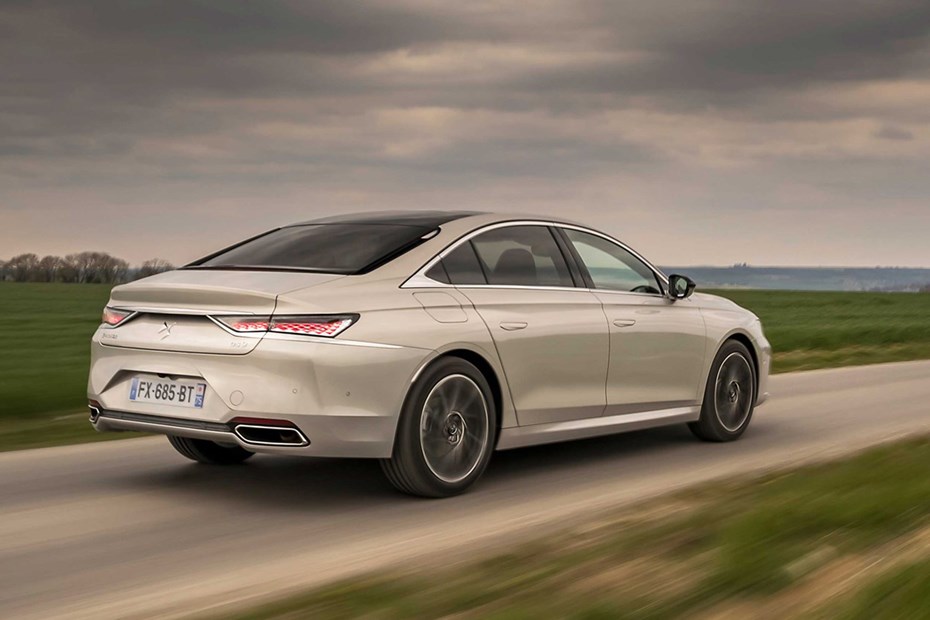
- Three engines offered
- Adequate performance
- Petrol engine a bit sluggish
Petrol engine
The plain petrol engine is badged 225 and is a 1.6-litre petrol engine shared with the Peugeot 508. It’s a turbocharged unit that’s combined with an eight-speed automatic transmission.
It’s not as quick or as frugal as either of the plug-in hybrids, but it is usefully cheaper if you’re in no rush and don’t require zero-emissions driving to bring down your BIK.
Hybrid engines
There are two plug-in hybrids on offer. The E-Tense 250 has an official range of 38 miles which puts it on par with the BMW 330e’s 37 miles, but it’s some way off the 62-mile range of the Mercedes C300e.
It pulls away in hushed electric-only mode that really suits the car. The speedo reads blue if you’re running on battery power and white when the combustion engine is engaged.
It produces a decent surge of mid-range acceleration, for the odd overtaking burst or launching into motorway traffic. For the record, the acceleration race takes 8.3 seconds for the 0-62mph benchmark. The brake pedal feels a little vague, and they can be snatchy in traffic queues, while the engine – which always remains quiet – can sound weedy and strained when you need lots of acceleration.
The performance model, badged E-Tense 360 4×4 is much more powerful and quick. The 0-62mph time is completed in just 5.6 seconds and it feels utterly effortless assuming you have some charge in the battery. Overtaking exercises are over in a flash and it’ll sit on the motorway silently too.
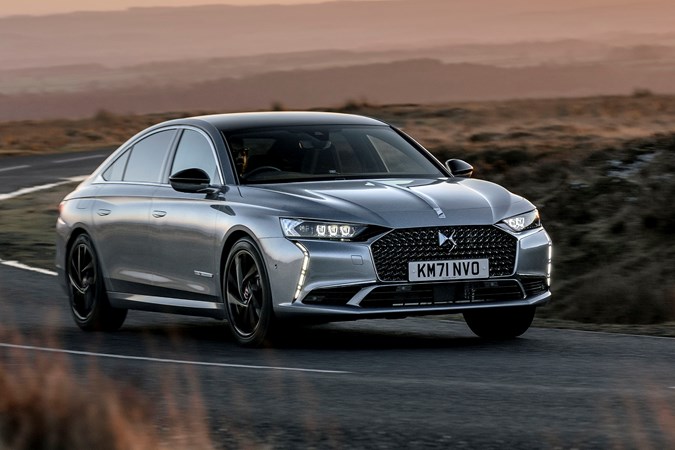
What’s it like to drive?
- A quiet and refined drive
- Excellent ride quality, especially on the motorway
- Tidy handling and light, responsive steering
As is traditional for large French cars, the DS 9 has been designed to have very comfortable suspension. It comes with Active Scan Suspension, which uses a camera to ‘read’ the road ahead to prepare the damping of each wheel – if it sees a pothole or sharp ridge on the road ahead, for instance, then it softens the damping for the affected wheel or wheels in preparation.
First task is to assess the 9’s ride quality by sticking it in Comfort mode. With so much tech being put into the suspension set-up, it’s no surprise that the DS 9 genuinely flows down the road, taking bumps and potholes in its stride. However, over particularly challenging country roads it can get rather floaty and uncontrolled.
The tyres don’t really generate much noise until we hit motorway speeds. When the petrol engine chimes in, the noise is very distant and well muted, if a little raucous sounding – a noise not befitting a premium saloon like this.
Even when you floor the throttle, the mix of turbo and engine noise remains pleasingly distant. For a long and heavy car, the DS 9 hauls itself competently through corners, with progressive bodyroll and sufficient front-end grip, but most premium rivals do better. The steering is nicely linear and pleasantly weighted, offering little in the way of road feel.
Despite coming with DS Performance badges on the rear, the E-Tense 360 4×4 is definitely not a performance car like the BMW M5. It’s quick in a straight line but very little fun. It has four-wheel drive but you rarely feel the rear axle doing anything of significance. This is still a car designed for long-distance comfort, not speed.
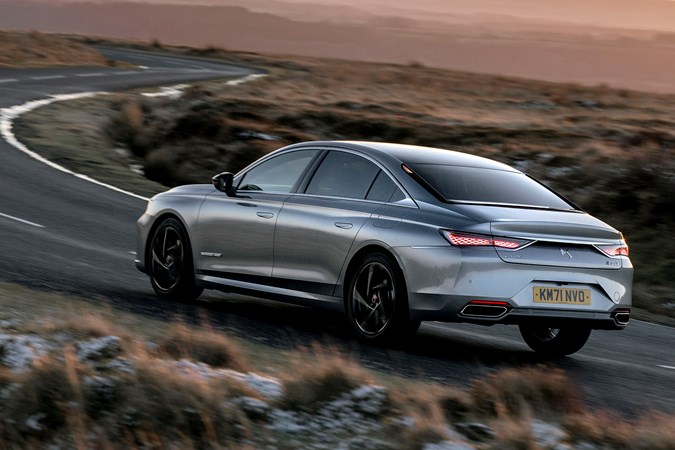


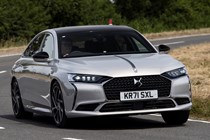
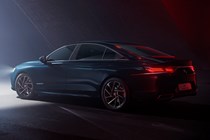
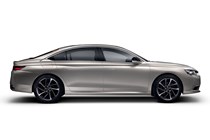
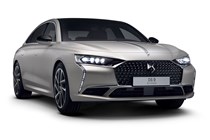
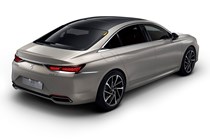
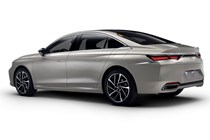
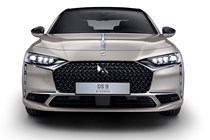
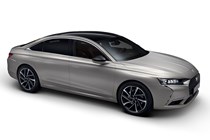
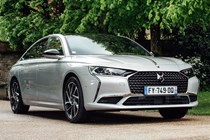
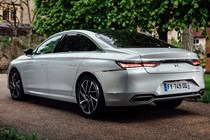
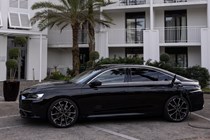
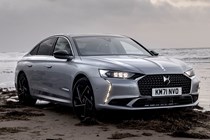
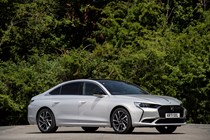
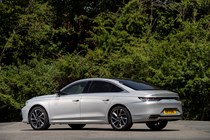
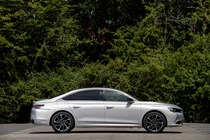
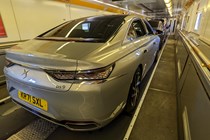
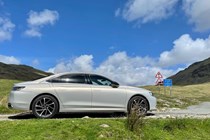
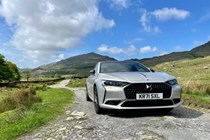

.jpg)

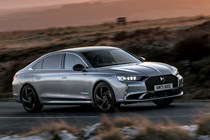
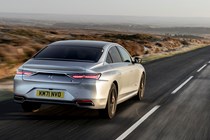
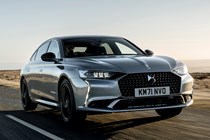
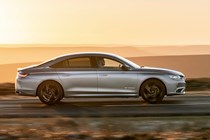

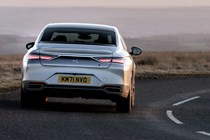
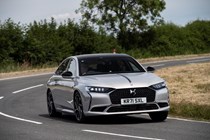
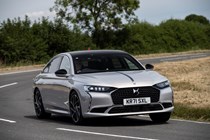
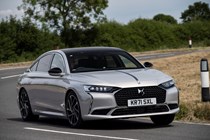
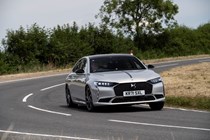
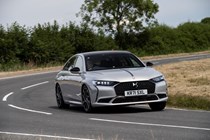
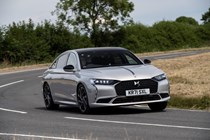
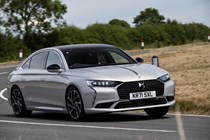
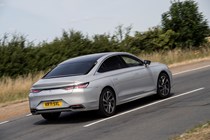
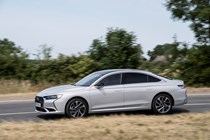

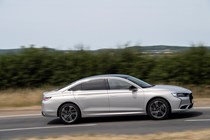
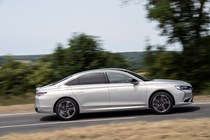
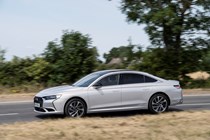
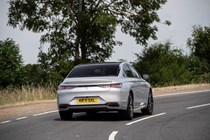
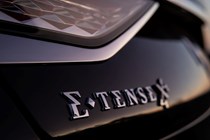

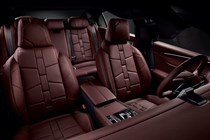
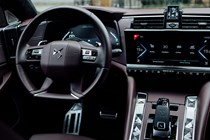
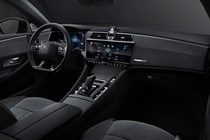
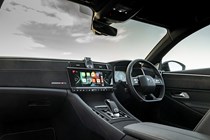
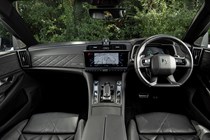

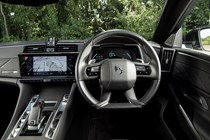
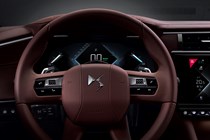
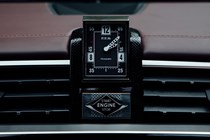

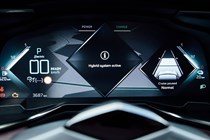
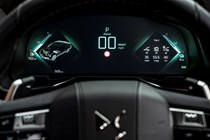
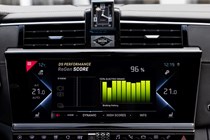
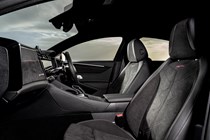
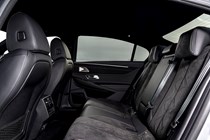

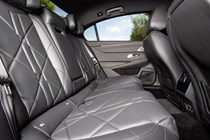
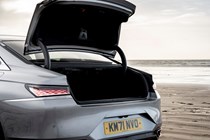
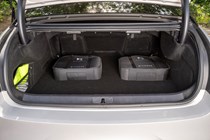





















.jpg?quality=50)









































